What are Some Healthy Alternatives to using Pesticides in my Home, Lawn or Garden?
When it comes to lawns and gardens, a lot of folks needlessly apply fertilizers and pesticides without knowing if these measures are necessary. A closer look often reveals that these “treatments” do more harm than good to the home environment. To avoid creating an over abundance of chemicals in your top soil and lawn, (which can decimate beneficial bug populations) we recommend taking a few simple measures first. This approach is friendlier to the ecosystem and uses a combination of techniques that minimize risks to humans and the natural environment. This kind of approach is known as Integrated Pest Management (IPM).
This article discusses some of the basic IPM methods you can utilize to aid in the treatment and prevention of pests in to your lawn, garden, and home.
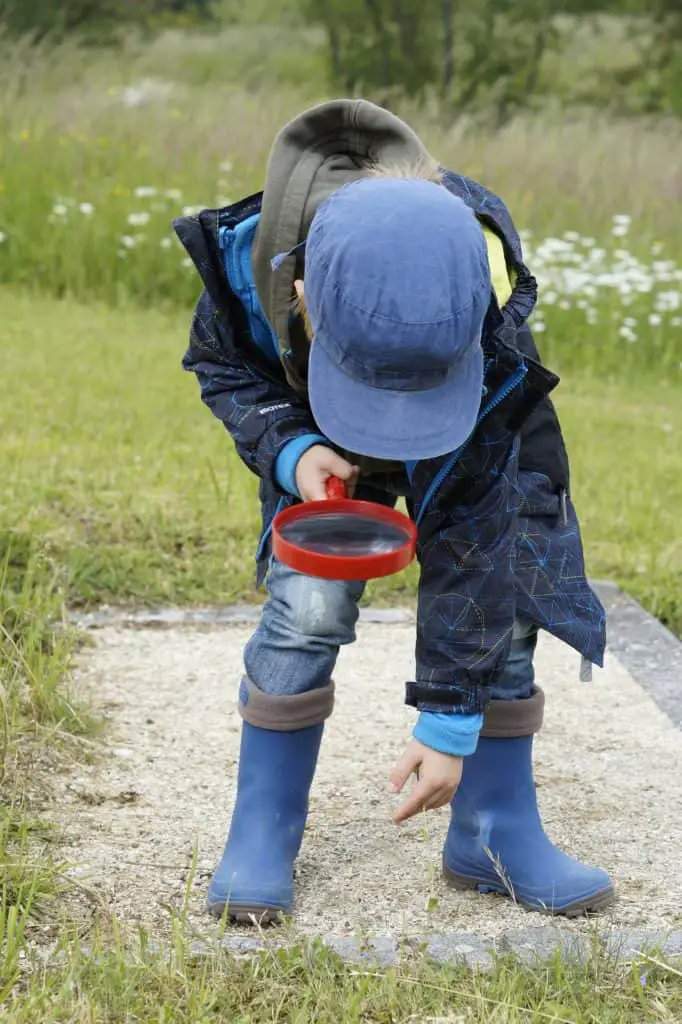
1. Before taking any preventative measures, you will first want to scout your property for problems or damage caused by weeds, vermin, or insects. By scouting your yard for damage on a regular basis you can ensure that a problem actually exists before attempting to treat one. Additionally, once you make scouting a regular practice you’ll be surprised how often you will recognize issues that need attention in the early stages, allowing for “spot treatment” as opposed to the general broadcasting of chemicals across an entire lawn or garden. Scouting also involves taking action to prevent pests from becoming a problem, such as growing a disease resistant crop, caulking or filling cracks to keep pests from entering your greenhouse or home, and fixing leaky water sources or altering water flow that may increase mold, root disease or weeds.
It is important that you first identify and recognize which insects or organisms interfere with the growth of desirable plants or cause damage to your home or landscape structures versus insects or growth that are beneficial. Scouting also involves monitoring and assessing pest numbers and damage, and deciding when management action is necessary.
When and if you do decide to take action to control or eradicate a pest problem, the next step is to decide how you will go about doing this without mindlessly broadcasting a poison or insecticide.
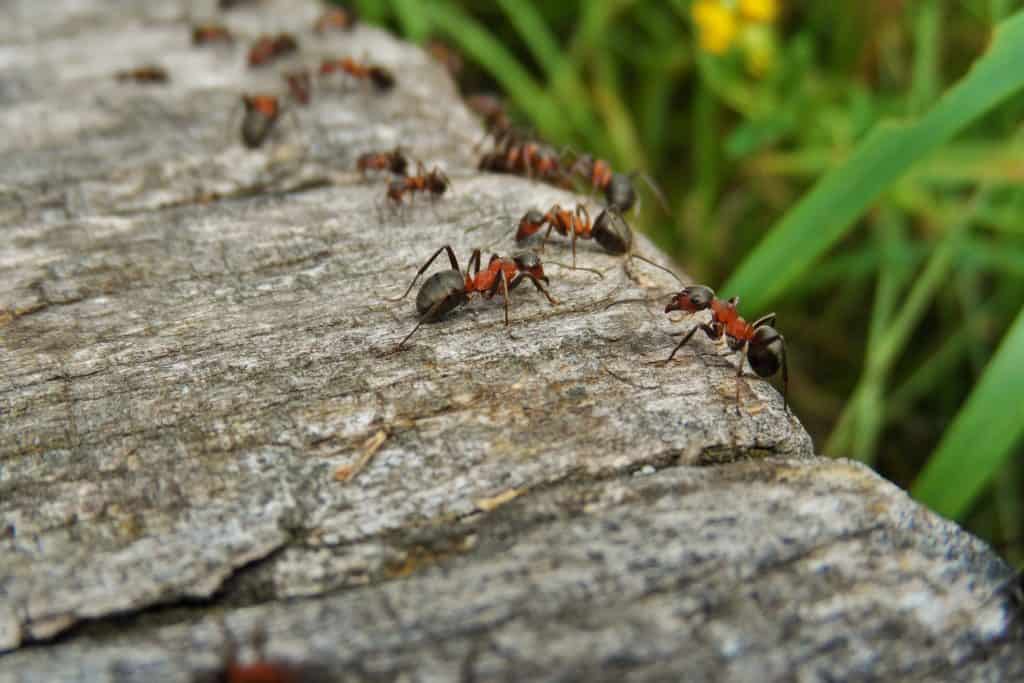
2. One treatment method to consider is the use of microbial insecticides as opposed to chemical and toxic pesticides. Microbial insecticides are single celled organisms such as bacteria, fungus, protazoa, viruses, or nematodes that have been formulated for use in another manner such as insecticides. They are nontoxic, and do not pose a disease risk to humans or other organisms not related to the target insect. They allow for specific targeting of the pest or insect you are wishing to be rid of without risking killing off other beneficial insects.
There are some disadvantages to using microbial insecticides, (such as loss of efficacy when exposed to sunlight or extreme heat), but generally, if you are paying close attention to your lawn and garden and able to spot treat, a microbial insecticide can be perfect.
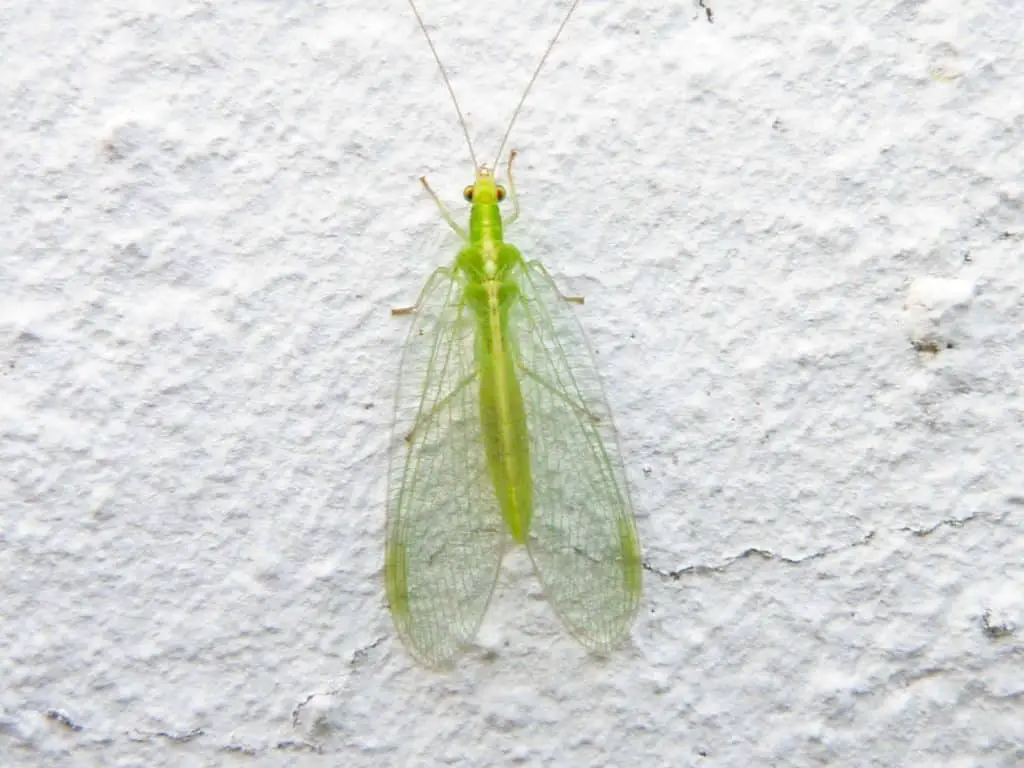
3. Additionally, you should use and conserve beneficial insects. Some bugs are a gardener’s best friend because they spend their lives consuming the critters that will damage your plants. These are the bugs you want to keep around, such as the green lacewing, lady bug, praying mantis, syrphid fly, aphid parasite, bumble bee, pirate bug, mealybug destroyer, and spider mite predator. For a good list of beneficial bugs, check out this article https://www.planetnatural.com/beneficial-insects-101/ by planet natural Research Center. This list of commonly found beneficial bugs will help you spot and recognize those “good bugs” so you can leave them alone, and allow them to do their job. If you don’t have beneficial bugs in your garden and would like to release some, many species are available for purchase from garden centers for release into your yard.
Keeping beneficial insects alive will help keep your garden pest problems at an acceptable level, and reduce your need for harmful insecticide use. Of course, the first step in conserving these insects is knowing how to recognize them. Another way to conserve these beneficial critters is to limit your use of insecticides. Try and use insecticides only when you notice pest populations great enough to cause significant damage to your lawn and garden. Many insecticides are designed to broadcast generally, and will kill all insects, including those that may be beneficial. If you are set on using an insecticide product, it will serve you well to shop wisely and find one that is more specifically targeted at your specific pest problem.
Another way to encourage the population of beneficial insects is to maintain a habitat that is friendly and attractive to these types of bugs. For instance, some beneficial insects require pollen and nectar sources. Therefore, in such instances it is helpful to keep some small flowers and flowering weeds (such as clovers or Queen Anne’s Lace) in and around the yard. There are also artificial food supplements containing yeasts and sugars that can attract beneficial insects.
Overall, just don’t be alarmed when you notice the presence of some garden pests. Remember that having some undesirable insects in your garden will help maintain the presence of beneficial insects as well.
4. An additional bio-friendly treatment measure involves the use of pest barriers or insect traps. Insect traps may be used to monitor and detect pests and to reduce an insect pest population. The most common types of insect traps available use pheromones to lure and catch, or alter the behavior of specific insects. Pheromones are chemicals produced by organisms that trigger a social response (alarm, aggression, flight, communication, food trail, boundary marking, attraction, or sex) in other members of the same species. Pheromone traps use attractants produced by certain insect species that mimic or block these chemical triggers. Other products use pheromone deterrents, or negative signals that will discourage or interrupt the insects’ natural use of pheromone signals. An example of this we use in our own home is peppermint essential oil to deter ants from signaling food sources. We simply place a few drops of peppermint oil on a cotton ball, and place the cotton ball in the location where we notice ants have invaded our home. Within minutes, the ants are unable to continue pheromone signaling and will move elsewhere.
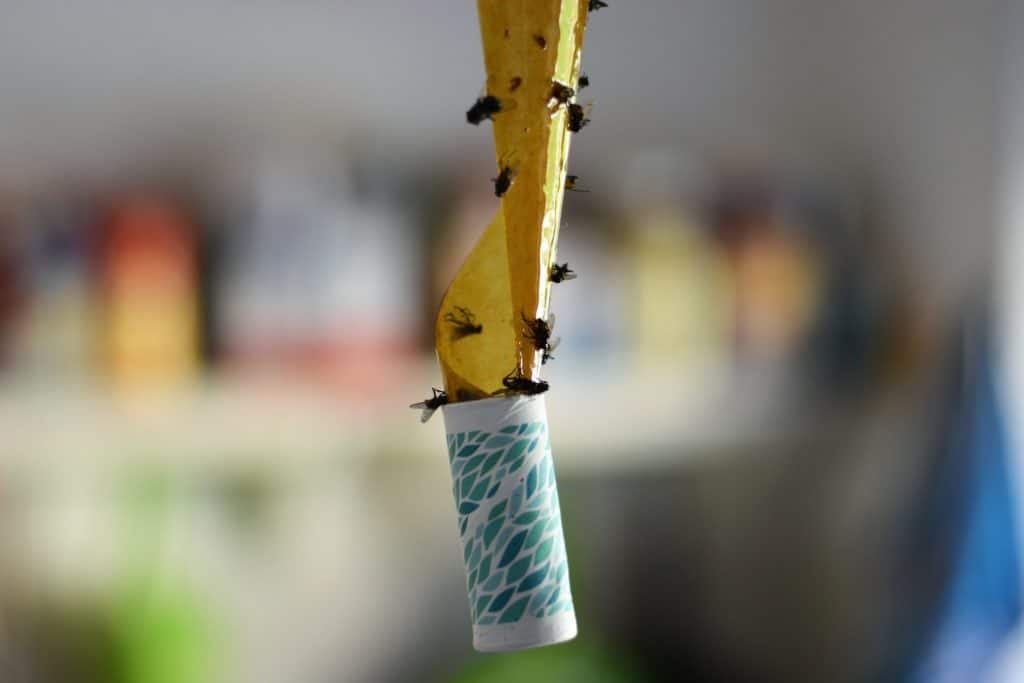
Other traps use a sticky surface method to intercept crawling or flying pests in higher traffic areas or will bait the pests with food or chemicals into a receptacle from which the insects cannot escape. While these methods are helpful in reducing the insect pest population in your home or garden, they are most effective if used in conjunction with other integrated pest management methods, such as microbial insecticides or beneficial insects (discussed above). Another related method for pest control is the use of poisoned baits which can kill the insect itself, or when the insect takes the bait back to its nest and poisons other insects.
Pest barriers can also be an extremely effective alternative to pesticides. Examples of pest barriers include plant covers, copper sheeting, screens, hot caps, dust barriers, diatomaceous earth, row covers, sticky barriers or adhesives, and cutworm collars. Sometimes the best form of damage prevention is to simply keep pests away with physical barriers. As discussed above, caulking up or filling cracks in a greenhouse or structure can prevent many crawling insects from getting inside. Additionally, various sticky traps and sticky barriers around tree trunks or shrubs (such as tanglefoot) can keep ants from climbing up the plant, another popular impediment method is the use of copper barriers to keep snails or slugs from reaching plants in raised beds.
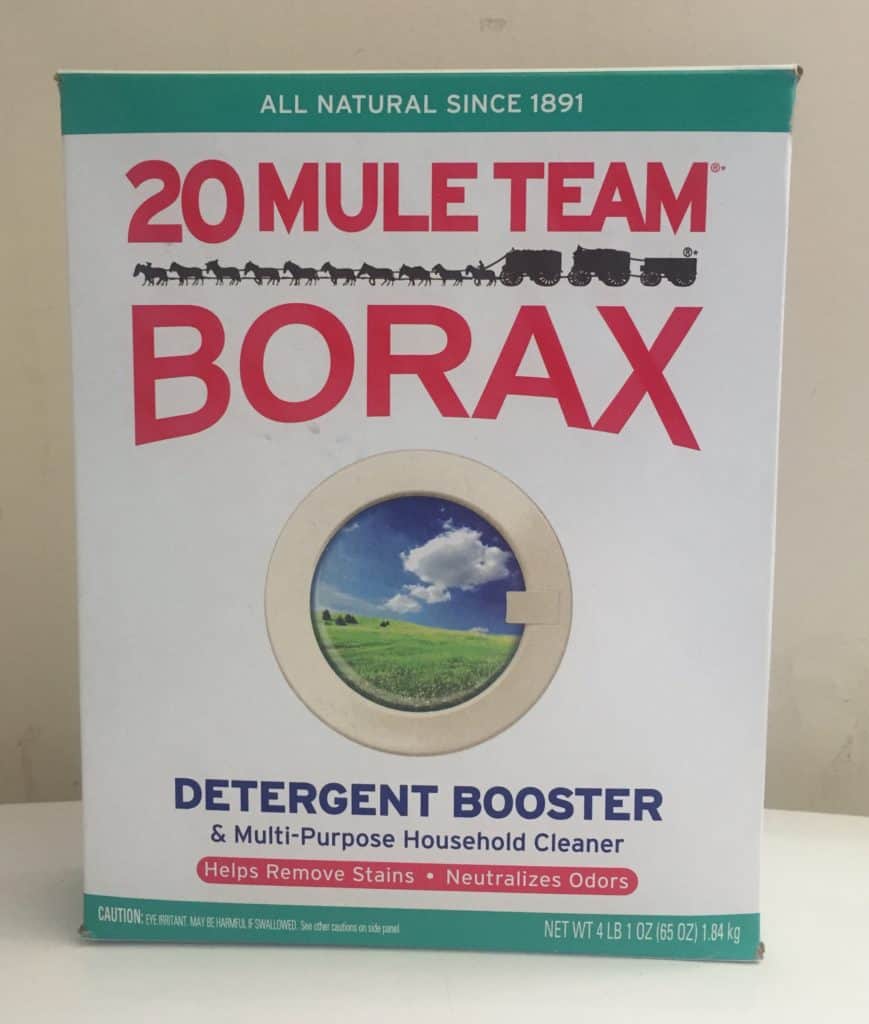
5. Many herbalists and gardeners have also established completely natural methods of pest removal and treatment. Diatomaceous Earth, Borax soap, essential oil sprays and sent beacons (lemon, basil peppermint, vinegar), fresh basil leaves, Bay leaves, garlic, and ground cayenne peppers.
Diatomaceous earth is a fine powder comprised of the fossilized remains of marine phytoplankton (or algae) with a very hard shell. The powder is very high in silica, and is ground so small that the sharp silicon edges can compromise the waxy coating of bugs with an exoskeleton (such as fleas, ticks, or mites) and cause death. Amazingly, diatomaceous earth does not harm humans (or any mammal for that matter), and is even used in many grain based foods for storage purposes. Additionally, Borax (or sodium tetraborate decahydrate or sodium borate), (and NOT TO BE CONFUSED WITH BORIC ACID) is a naturally found alkaline compound that is mined from the earth and refined into a powder that is used for many purposes, but typically known for it’s use as a laundry detergent aid. Borax is also a very effective method to kill pests such as ants, silverfish, fleas, cockroaches, grain weevils and beetles. Borax can be applied in a thin layer in insect trafficked areas, and when the insect walks through the dust, it clings to their legs (or is ingested) and carried back to their nests. The Borax, when ingested, poisons the insect through stomach and nervous system dysfunction.

Additionally, essential oils such as peppermint, lemongrass, mint, or orange offer antifungal, insecticidal, and anti-inflamatory properties. They can also kill external bacteria, and their smell is highly offensive or debilitating to numerous pests such as mice, ants, spiders and mosquitoes. As mentioned above, we use peppermint oil in our home as an insect repellent, and have had great success. You can find a lot of good information as well as essential oil home remedy recipes here. https://www.naturallivingideas.com/essential-oils-to-repel-bugs-pests/
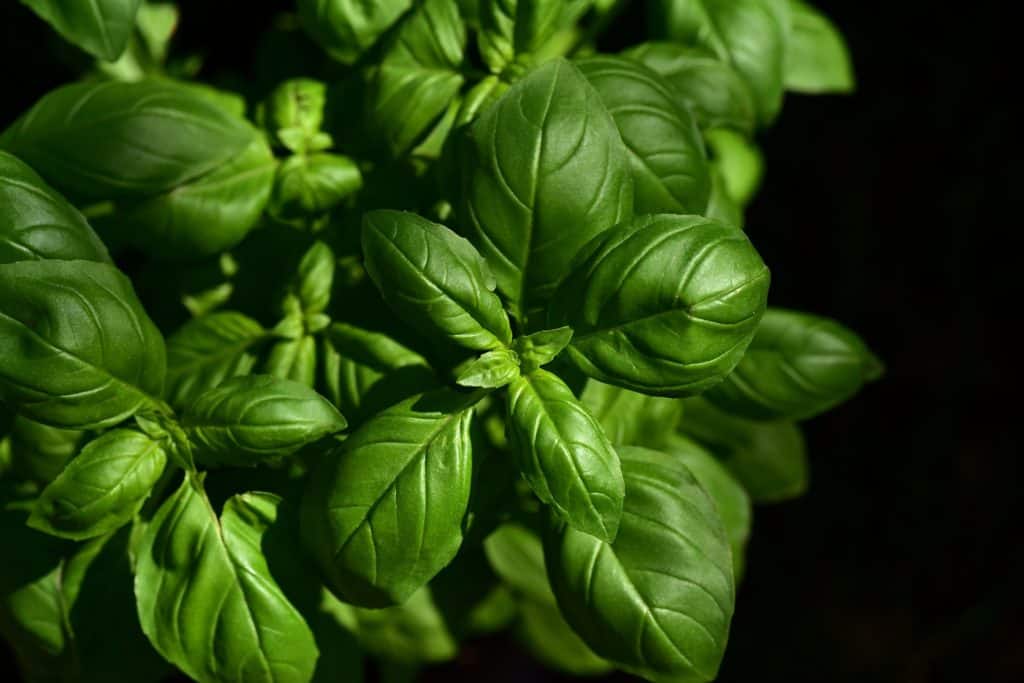
Basil, cayenne, and bay. Basil is one of many herbs that can also be used as a natural domestic insect repellent. Naturally occurring basil leaves contain four mosquito repellent substances, including estragole, citronellal, limonene and nerolidol. Simply rubbing basil leaves together can inhibit fly and mosquito sensors from detecting potential food targets (including as humans). Similarly, because of their strong aroma, bay leaves, cayenne pepper or garlic can also be used as natural insect deterrents.
In conclusion, before you simply reach for that pesticide to rid your home or garden of pesky insects, take the time to determine whether or not there really is a problem. Then, if you do decide to take action keep in mind that there are numerous biologically friendly and effective methods for treating and ridding your home and garden of unwanted pests.


5